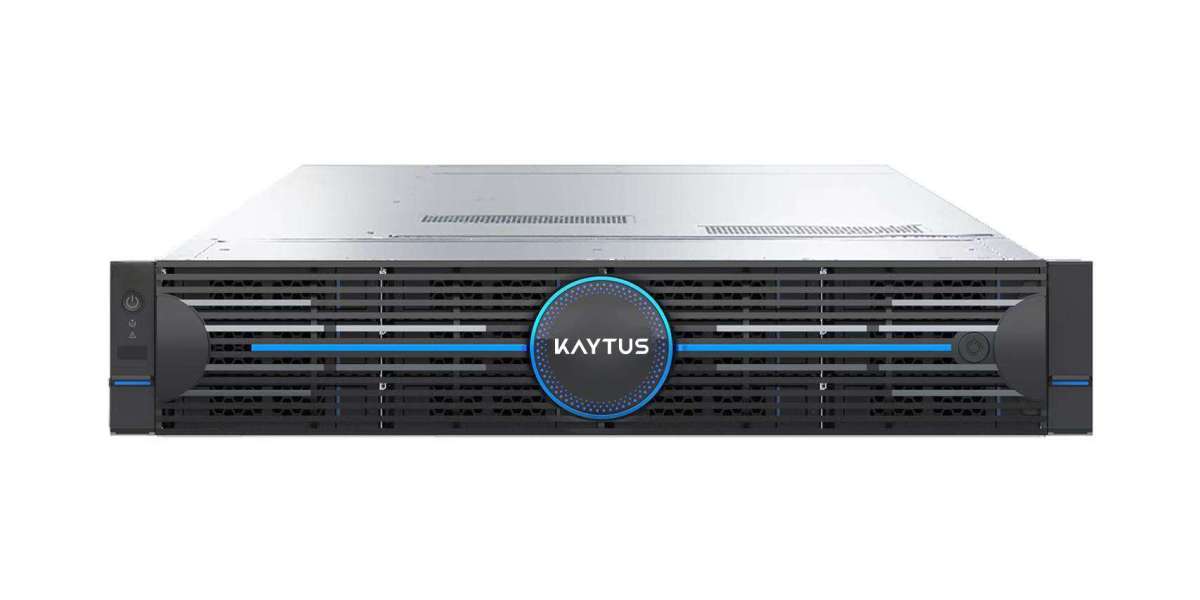On one side, there's an insatiable demand for performance: real-time analytics, lightning-fast databases, and seamless user experiences demand the speed of all-flash arrays. On the other side, reality check: sprawling data volumes, cost constraints, and vast repositories of "cold" data that need to be stored reliably and affordably.
For many, the answer isn't an either-or proposition between blistering speed and deep, cheap storage. The true strategic solution lies in the middle ground: Centralized Hybrid Flash Storage. This architecture isn't just a stopgap; it's a sophisticated, intelligent, and often perfect-fit solution for a wide range of business environments.
What Exactly is Centralized Hybrid Flash Storage?
Let's break down the term:
Centralized: This refers to a consolidated storage architecture. Instead of having disparate storage silos for different applications or departments (a direct-attached storage nightmare), all data resides on a single, unified storage array or platform. This simplifies management, improves resource utilization, and provides a single pane of glass for data oversight.
Hybrid Flash: This denotes a storage system that intelligently combines two tiers of media:
Flash (SSD): High-performance, low-latency Solid-State Drives for frequently accessed "hot" data.
Hard Disk Drives (HDD): High-capacity, cost-effective spinning disks for less critical "cold" or archival data.
Storage: The foundation that holds it all together.
The magic sauce is the intelligent software that automatically and transparently moves data blocks between the flash and disk tiers based on usage patterns. Active data gets promoted to the speedy flash tier, while inactive data is demoted to the economical HDD tier.
Why It’s More Relevant Than Ever: The Strategic Advantages
While all-flash arrays get the headlines, centralized hybrid flash storage offers compelling advantages that make it a perennial contender.
1. Optimal Performance-to-Price Ratio: This is the core value proposition. You get 90-95% of the performance of a full all-flash array for critical workloads at a fraction of the cost. By reserving expensive flash for only the data that truly needs it, you maximize your return on investment without sacrificing user experience for performance-sensitive applications.
2. Intelligent Automation and Tiering: Modern hybrid systems use sophisticated algorithms to analyze data access patterns in real-time. This isn't simple manual policy-setting; it's an automated, continuous process that ensures the right data is in the right place at the right time, without any administrative overhead.
3. Consolidation and Simplification: A centralized hybrid array is a consolidation powerhouse. It can host a diverse mixed workload—from your mission-critical SQL database and virtualized servers (benefiting from flash) to your file shares and archival data (comfortably residing on HDDs). This reduces hardware sprawl, simplifies backup and disaster recovery strategies, and cuts down on power and cooling costs.
4. Scalability and Future-Proofing: These systems are built to scale both capacity and performance independently. You can add flash shelves to boost IOPS or HDD shelves to add petabytes of capacity, all non-disruptively. This provides a clear growth path and protects your investment.
5. A Stepping Stone to All-Flash: For many organizations, a hybrid array is the perfect transitional architecture. It allows them to immediately benefit from flash acceleration where it matters most while maintaining a large HDD footprint. As flash prices continue to fall, they can seamlessly add more flash shelves, eventually evolving into a predominantly all-flash environment on the same centralized platform.
Who is the Ideal Candidate?
Centralized hybrid flash storage isn't for everyone, but it's an excellent fit for:
Mid-Sized to Large Enterprises: With diverse application needs and budget awareness.
Virtualized Environments: VMware, Hyper-V, and Citrix deployments with a mix of performance-sensitive and idle VMs.
File and Application Servers: Where active project data needs speed, but old project archives do not.
Departments with Mixed Workloads: Engineering, marketing, and finance teams that generate both performance-intensive files and large, cold datasets.
Companies with a Long-Term Data Strategy: Those who value consolidation, simplicity, and a scalable path forward.
The Bottom Line
Centralized hybrid flash storage is far from a legacy technology. It has evolved into a smart, efficient, and strategic architecture. It represents a balanced approach to the performance and capacity dilemma, offering a compelling blend of speed, capacity, and cost-effectiveness.
In a world where data is both a priceless asset and a significant cost center, making intelligent choices about how you store it is paramount. For countless organizations, the most intelligent choice is a centralized system that smartly combines the best of both flash and disk. It’s not about settling for a compromise; it’s about investing in optimized efficiency.
frankie
32 Blog indlæg



